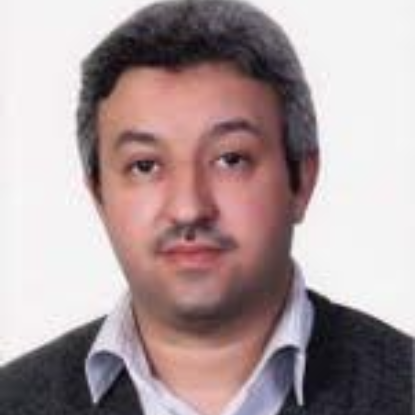
Amr M. Gody
Work place: Fayoum University, Faculty of Engineering, Department of Electrical Engineering, Fayoum, POBox: 63514, Egypt
E-mail:
Website:
Research Interests: Image and Sound Processing, Speech Recognition, Speech Synthesis
Biography
Amr M. Gody received the B.Sc. M.Sc., and PhD. from the Faculty of Engineering, Cairo
University, Egypt, in 1991, 1995 and 1999 respectively. He joined the teaching staff of the
Electrical Engineering Department, Faculty of Engineering, and Fayoum University, Egypt
in 1994. He is author and co-author of about 40 papers in national and international
conference proceedings and journals. He is the Acting chief of Electrical Engineering
department, Fayoum University in 2010, 2012 till now. His current research areas of
interest include speech processing, speech recognition and speech compression
Author Articles
Microwave Detection of Water Pollution in Underground Pipelines
By Ahmad H. Abdelgwad Tarek M. Said Amr M. Gody
DOI: https://doi.org/10.5815/ijwmt.2014.03.01, Pub. Date: 1 Oct. 2014
An electromagnetic model is proposed to detect water pollution in underground pipelines. Contaminants present above a certain level in water can be a public health hazard. The contrast in the dielectric constant between contaminated and fresh water is one of the most important parameters to be considered for detecting the presence of pollutants in water. Simulations of frequency response and time domain pulse wave through a multi-layer medium are presented. The complex dielectric permittivity of polluted water has been measured as a function of frequency and analytically represented by Cole-Cole fit model. Water pollution can be detected by observing the variation of the reflection coefficient or reflected signals from unpolluted and polluted water. The experimental set up is described and the procedure followed to obtain an effective permittivity data is outlined. These measurements are, to the best of the author's knowledge, the first of its kind to be published. Microwave technique discussed in this manuscript for water pollution study is a pioneer technique to detect various pollutants in water.
[...] Read more.Other Articles
Subscribe to receive issue release notifications and newsletters from MECS Press journals